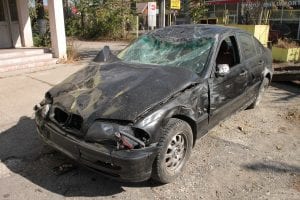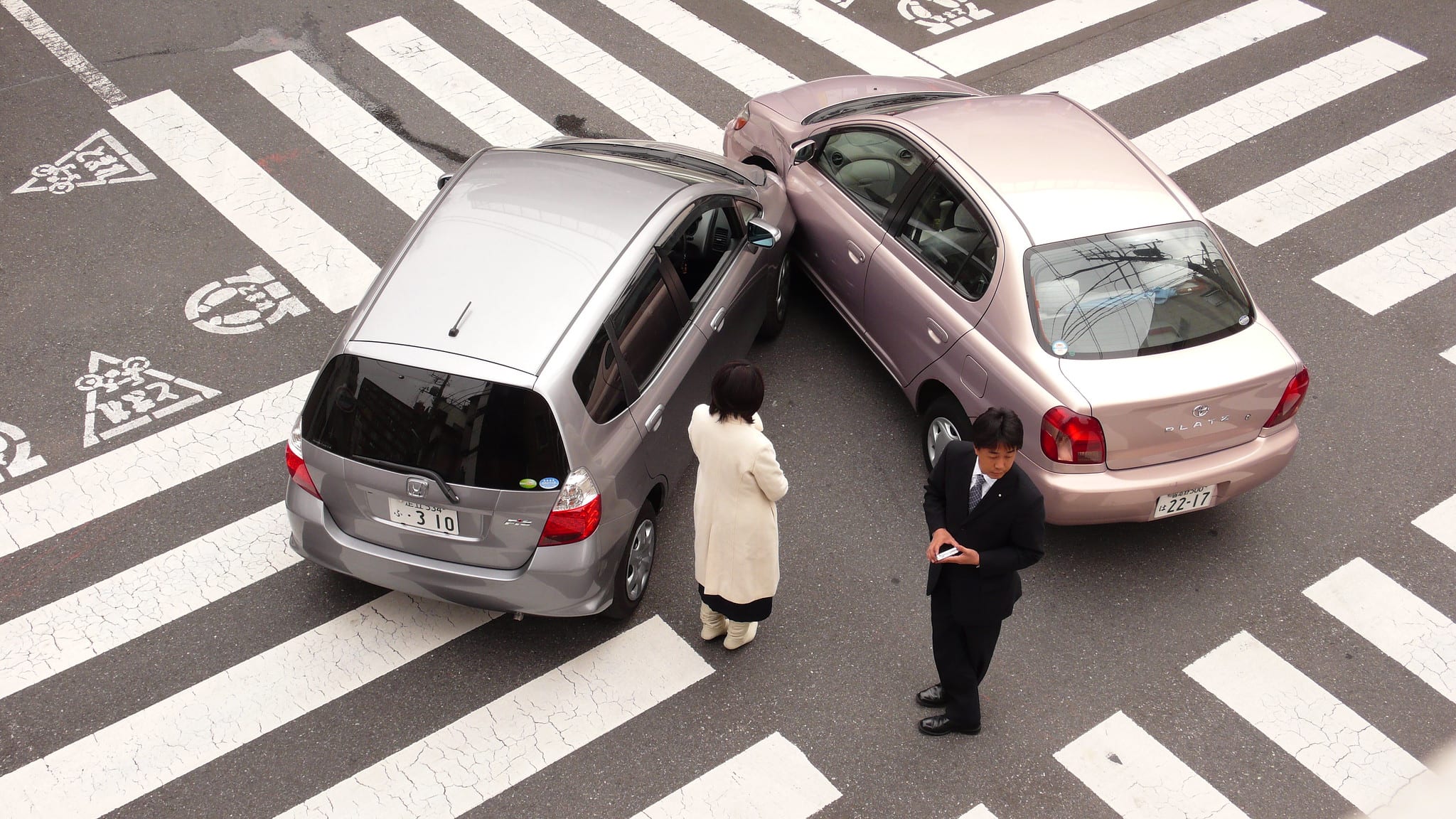No-fault insurance, also called PIP (personal injury protection), is limited and covers the driver’s medical bills and lost income within the duration of his recovery.
In the event that a driver is injured in an auto crash, a no-fault car insurance system will see to it that the driver gets the right compensation to cover medical bills. The no-fault insurance is the minimum insurance policy for drivers (in no-fault states) and ensures that the insurer pays for damages irrespective of which party is guilty.
Theoretically, the system keeps insurance costs to the barest minimum and makes it far easier to process claims as opposed to the lengthy process of finding out who is at fault and making claims via lawsuits.
No-fault insurance, also called PIP (personal injury protection), is limited and covers the driver’s medical bills and lost income within the duration of his recovery. Claims are also limited to the driver’s policy, this means pain, suffering and claims above his limit are not covered.
No-Fault car insurance claim
As mentioned earlier, no-fault car insurance policy is one you make with your car insurer to cover medical bills, lost wages, and other minor damages within the limits of your coverage after an auto crash. However, despite the positives, pain and suffering are not part of the claim. If your medical bills reach a certain level, you can step out of the no-fault car insurance cover to file a lawsuit against the at-fault driver.
Unless your total bills are in excess of $3,000, most states prohibit lawsuits or personal injury claims against the offending party. If, for example, you are involved in an auto crash and you sustained serious injury (like a broken bone), medical bills can be quite high. This is usually above most states’ no-fault car insurance limits, so a lawsuit can be filed to make the offending party pay claims.
What injuries are considered to be above the state law no-fault policy?
An injury sustained as a result of a car accident is considered to be very serious and above the no-fault insurance policy if:
- There is significant disfigurement of the driver;
- There is a major bone fracture;
- Permanent limitation to the use of a particular part of his/her body;
- Significant limitation to particular body system;
- Disability for 3 months.
If your injuries fall within this definition, you are liberty to file a lawsuit directly against the offending driver. In this, you can demand maximum compensation for categories of losses including pain and suffering which aren’t covered in the PIP system.
What does this policy cover?
The PIP system helps to cover medical and health-related bills if you or any of your passengers are involved in a car accident. Apart from the obvious benefit of covering medical bills, a no-fault car insurance policy also helps cover the following:
- Expenses that exceed your health insurance coverage;
- Lost income as a result of creeping injuries;
- Bills associated with essential services like child care, etc.;
- In case of death, the PIP system can cover funeral expenses.
What are the limits of the Personal Injury Protection system?
The coverage limit is the maximum amount an individual can file for. This is usually determined by the premium the driver has been paying and the associated risks. In states where the PIP system is in full force, the state laws are responsible for enacting the limits of the PIP system. However, there is significant provision to purchase better coverage to increase your PIP limits.
Higher coverage limits are a good idea in cases where your passengers are injured which might require that you pay out of pocket to cover for medical expenses.
The Difference between PIP and Medical Payments Coverage
Medical payments coverage is different from PIP system. PIP is more or less a required coverage while medical coverage is optional. In fact, in some states where a no-fault PIP system is in play, there is usually no need for a medical coverage policy. In those states, you are either compelled to purchase a PIP or a medical coverage policy and not both.
What is not covered by a no-fault PIP car insurance policy?

The no-fault PIP system does not cover bills that aren’t related to personal injuries after an auto accident. Here are a few areas not covered by a PIP system:
- It doesn’t cover damage to your vehicle. Contact the car insurance company for that or add collision coverage along with the PIP system to cover damage to cars.
- Vehicle thefts are not covered in the PIP system. To cover for theft, add a comprehensive coverage to replace the car if it’s stolen.
- No-fault car insurance does not cover expenses resulting in damage to other people’s property. If you are at fault, your property damage liability coverage can handle that aspect.
- Medical expenses exceeding your limits are not covered.
Cooperating with your insurer
A car accident attorney is experienced with the laws governing a PIP system and is the best professional to consult for advice on how to handle a claim. You are advised to avoid giving a recorded statement that can be used against you in the court of law until you seek legal advice.
On the bright side, state laws only require that you cooperate with the insurer to ensure you receive what is due to you in terms of medical expenses and income loss.


Join the conversation!